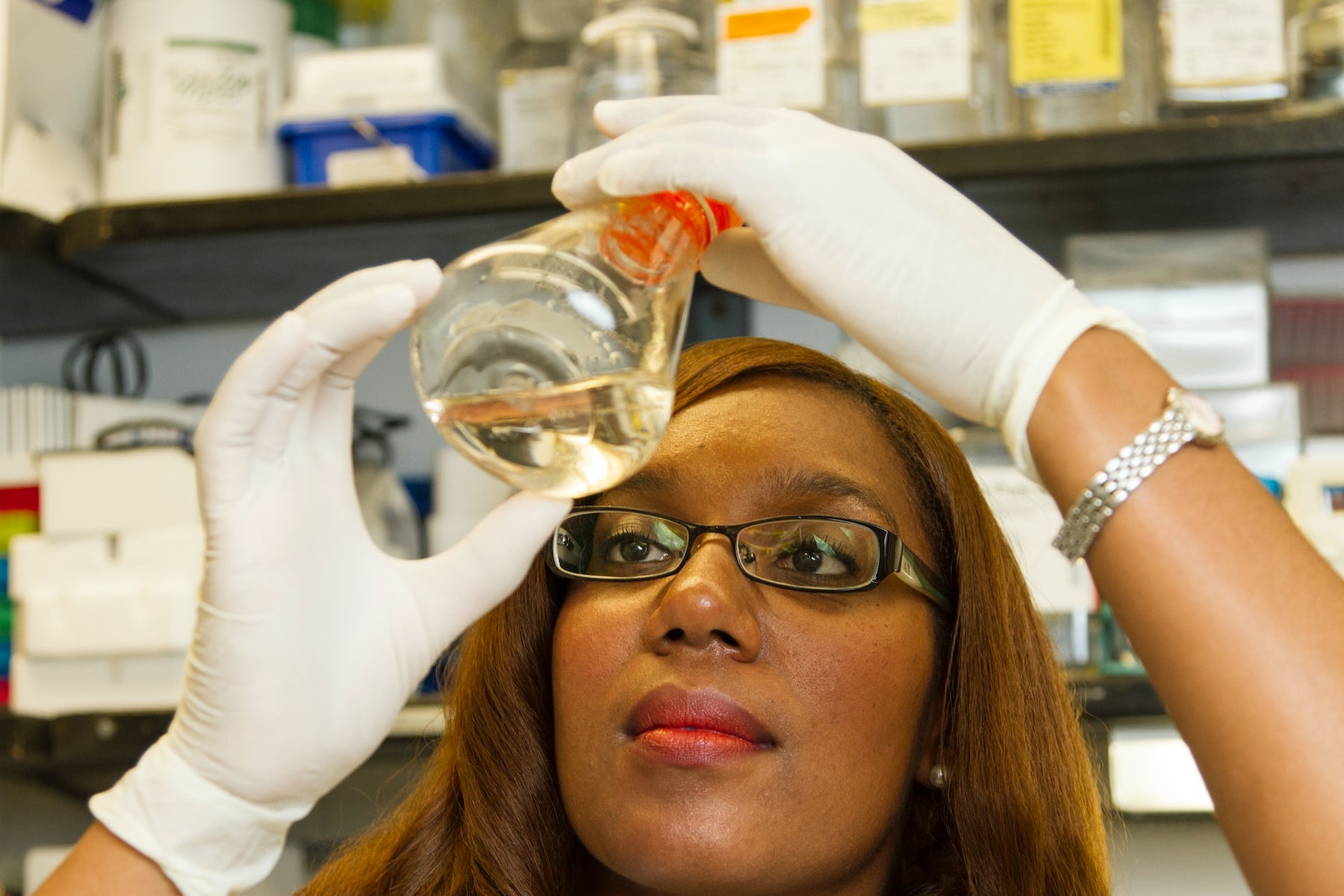(858) 224-9100

HPLC Baby to HPLC Toddler: A Batch-Making Journey in Shimadzu Lab Solutions 🧪🔬
Hello, HPLC babies! Today, we're embarking on a journey that will take us from the crib of confusion to the playground of proficiency. We're diving into the world of Shimadzu Lab Solutions, and by the end of this post, you'll be a certified HPLC toddler. So, put on your lab coats, grab your pipettes, and let's get started!
Step 1: The Birth of a Batch 🍼
First things first, we're not baking cookies here, folks. We're creating a batch of samples in Lab Solutions. To start, click on 'real-time batch' and use the wizard. It's like the fairy godmother of batch creation - fast, efficient, and no magic wand required!
Why it matters: This step is crucial because it sets the stage for your entire batch creation process. If you skip this step, you'll be left with a chaotic mess of samples with no organization or structure. It's like trying to bake cookies without a recipe - a surefire recipe for disaster!
Step 2: Calibration Levels - Not as Scary as They Sound 🎚️
Next, we're setting up calibration levels. Think of it as the baby steps of your batch. You can set a five-point cal curve, specify the autosampler tray, and if you're feeling extra fancy, whip up a calibration report.
Why it matters: Calibration is like the baby formula for your samples - it ensures they're measured accurately and consistently. If you skip this step, your results could be off, leading to inaccurate data and potentially disastrous consequences for your experiments.
Step 3: Naming Your Samples - The Fun Part 🏷️
Now comes the fun part - naming your samples! You can be as creative as you want here. Maybe you want to name them after your favorite scientists, or perhaps you're in the mood for some 'good baby samples.'
Why it matters: Properly naming your samples is like labeling your baby's bottles - it helps you keep track of what's what. If you skip this step, you could mix up your samples, leading to confusion and potentially ruining your experiments.
Step 4: System Settings - The Baby Monitor of Your Batch 🖥️
Next up, we're setting up the system settings. This is like the baby monitor for your batch. You can set the startup, auto purge, baseline check, and even the shutdown. And don't forget the cooldown time before shutdown - even batches need their nap time!
Why it matters: System settings are like the crib for your batch - they keep everything safe and secure. If you skip this step, your batch could run into issues during the process, leading to potential data loss and a whole lot of headaches.
Step 5: The Big Name Reveal 🎉
Finally, it's time for the big name reveal - naming your batch! This is your chance to shine, so make it count. Maybe something like 'Baby Batch' to keep up with our baby theme?
Why it matters: Naming your batch is like choosing a name for your baby - it gives it an identity. If you skip this step, you'll have a hard time distinguishing between different batches, leading to confusion and potential mix-ups.
Step 6: Auto File Name Settings - The Diaper Change of Batch Creation 📂
Now, we're onto the auto file name settings. It's like the diaper change of batch creation - not the most glamorous part, but absolutely essential. This will help you set prefixes for your sample name or ID.
Why it matters: Auto file name settings are like the baby wipes of your batch - they keep everything clean and organized. If you skip this step, your data files could become a jumbled mess, making it difficult to find the information you need.
Step 7: Review, Run, and Celebrate! 🎈
Last but not least, review your batch, run it when ready, and then celebrate! You've just created your first batch in Shimadzu Lab Solutions. You're officially an HPLC toddler!
Why it matters: Reviewing and running your batch is like the first steps of your baby - it's a big milestone! If you skip this step, you could miss potential errors in your batch, leading to inaccurate results and wasted time.
So there you have it, folks! You've graduated from HPLC baby to HPLC toddler. Now go forth and create batches like a pro. And remember, every great scientist started as an HPLC baby. So keep learning, keep growing, and who knows? Maybe one day, you'll be an HPLC adult! 🎓🔬
Disclaimer: No HPLC babies were harmed in the making of this blog post.

Leave a comment